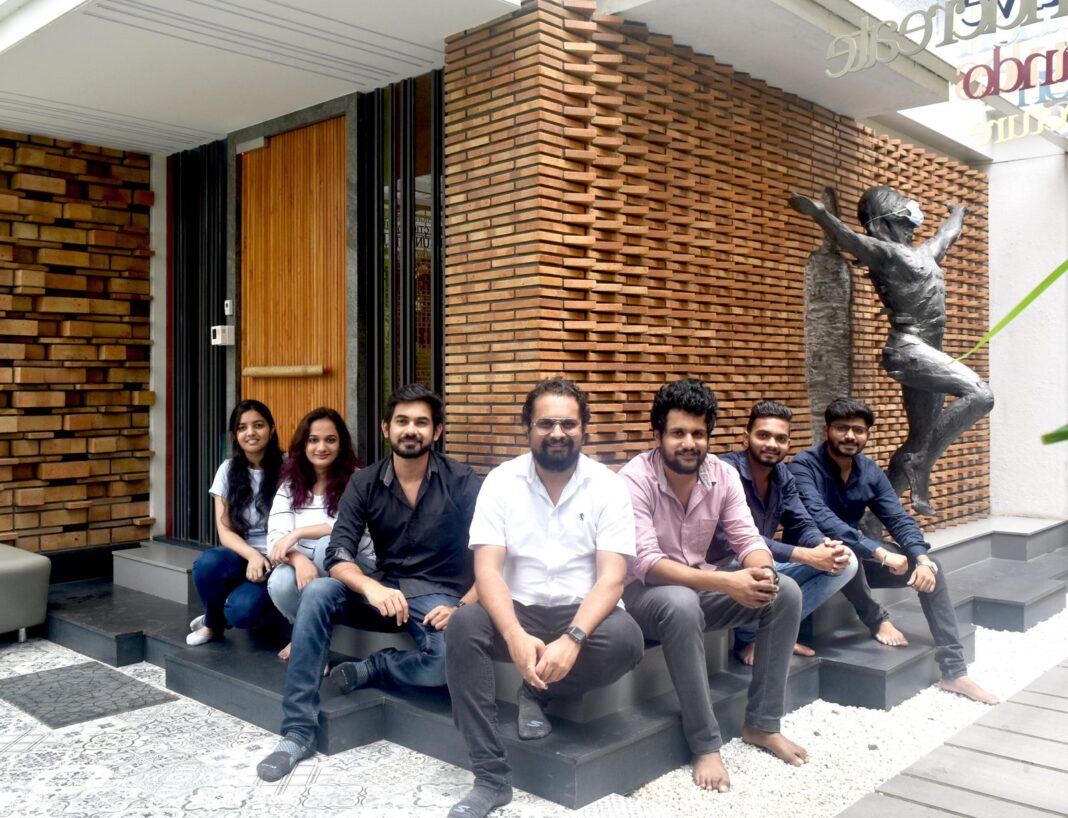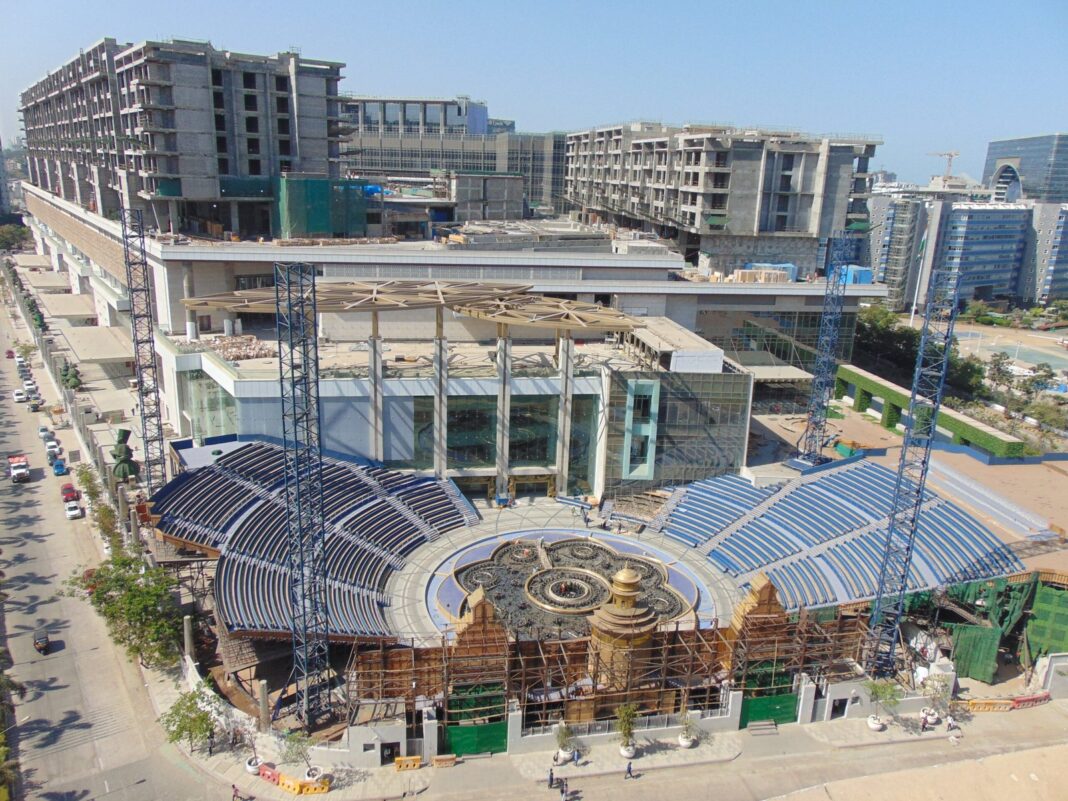Steel’s ability to span greater distances enables architects to grow their choices, allowing them to make new/huge space utilizing steel items that weren’t accessible with different materials. Also, it’s a good investment which gives you a good return at the time of dismantling says, Ar. Dhananjay Pawar, Principal Architect, Synectics Architects
Q. What are the major advantages of using steel vis-à-vis conventional materials?
A. Some of the common advantages of using steel buildings are Design, Strength and Durability, Light in Weight, Easy Installation and Speed in Construction, Versatile, Flexibility, Ductility, Easy Fabrication in Different Sizes, Fire Resistance, Pest, and Insect Resistant, Moisture and Weather Resistance, Adaptability, Cost-effective, Environment Friendly, Energy Efficiency, Improved Construction Quality, Temporary Structures, Safe and Resistant and Risk Index.
One of the advantages of using a steel structure in development is that steel’s ability to span greater distances with steel ceiling joists. This enables architects to grow their choices, allowing them to make new/huge space utilizing steel items that weren’t accessible with different materials. Also, it’s a good investment which gives you a good return at the time of dismantling.
Q. How structural steel can be innovatively used in construction to provide design aesthetics and at the same time offer economical solution?
A. Steel is beautiful stuff to build with. Watching a building come together, whether it’s a residential dwelling or a commercial structure, is thrilling, and while there is a plethora of elements that go into the process, structural steel plays a most important role in shaping aesthetics. When it comes to aesthetics, steel is incredibly versatile. From the most basic structures to complex and ornate designs, steel is lauded by architects for its unsurpassed flexibility. Not only can steel be fabricated into custom, non-linear shapes to adhere to the creative flair of designers and architects, but its impressive strength to weight ratio means it is able to span large distances while still maintaining its structural integrity.
For many of the reasons above, structural steel will save you money in the long run. It last much longer than wood, it is more efficient meaning it requires less outlay for raw materials, it requires none of the costly maintenance and will even save you money.
Q. What is your take on the variety of sections/grades provided by our steel producers for various demands of creativity?
A. The different properties of structural steels are a result of the different elements used to make them. Carbon is a common element in almost all structural steels as it provides strength. Other elements such as manganese, Sulphur, phosphorus, aluminum, and copper are added to iron and carbon to make structural steels of desired properties comprising strength, ductility, weldability, and corrosion resistance.
Steel in the form of reinforcing bars can also be combined with concrete to form reinforced cement concrete (RCC) which provides both compressive strength (on account of concrete) and tensile strength (on account of steel). Both steel and concrete have similar expansion and contraction properties when exposed to heat and cold. They also exhibit different strength properties. RCC is among the most popular materials used in the construction industry.
Q. What trend are we going to witness in next 5-7 years, as far as designing structures with steel is concerned?
A. Today, the steel industry contributes slightly more than 2 per cent to the GDP of the country. This percentage accounts for direct contribution. The indirect contribution of steel is much larger, owing to the dependence of other sectors. The steel industry employs nearly half a million people directly and two million people indirectly. What we believe is that there shall be numbers of sections which is emerging and shall be in high demand so far as steel buildings are concerned, like main building elements in medium size and medium rise buildings. In the urban infrastructure segment, especially for light rail and mass transit applications, in industry, for high performance buildings, as production and technology mature, and the need is felt for “building performance” rather than sheds.
Q. What should be the strategy of industry in promoting structural steel construction in India?
A. Its conspired a “solid” material; robust and long lasting, its “easy” and “low skill” workmen can use it, mistakes are easy to rectify. Steel is a viable alternative, when offered as a part of a holistic solution. So long as we have people trying to make a steel frame, with brick infill, we will not move forward.
The steel industry needs to join hands with building component and panel-based solutions providers, as well as integrate elements such as commoditized hollow cored slabs etc. When the solution is offered as a complete set (structure-slabs-walls-doors and windows) it will make much more sense for people to switch, and also, bring down the overall cost of building construction.
Q. Which are the iconic steel-specific projects executed by you?
A. There are several structures designed by us in last 8 years but shall brief you about our 2 iconic structures which have received National as well international awards with some esteemed publications in several magazines.
Owara, located in the Chandsi area of Nashik, is a standalone restaurant which automatically makes the design brief inclusive of the exteriors as well, starting with the entranceway. The otherwise regular concrete and brickwork construction makes use of an unusually sloped roofline and angularly placed M.S. columns supporting the canopies of the outdoor seating to create an impermanent bamboo tent like impression, akin to a tribal structure. Coupled with all the Warli painting that adorns the compound wall as well as the entrance gateway, the structure doesn’t just stand out against the regular built cape of the city, but also emphatically announces its tribal Warli theme through all the modern metaphor of steel and glazing.







